Two plane mirrors of length are separated by distance and a man is standing at a distance from the connecting line of mirrors as shown in the figure. A man is walking in a straight line at a distance parallel to mirrors at speed , then the man at will be able to see an image of for the time
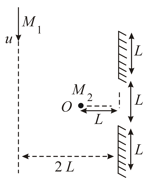


Important Questions on Ray Optics
In the figure shown a thin parallel beam of light is incident on a plane mirror at a small angle . is a concave mirror of focal length . After three successive reflections of this beam, the and coordinates of the image is
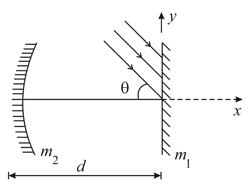
The distance between an object and its doubly magnified image by a concave mirror is
[Assume focal length]
In the figure shown, the image of a real object is formed at the point . is the principal axis of the mirror. The mirror must be
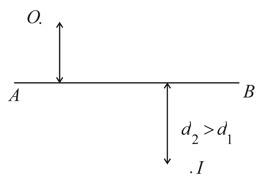
In the shown figure and are two concave mirrors of the same focal length . and are their principal axes, respectively. A point object is kept on the line at a distance from . The distance between the mirrors is . Considering two successive reflections first on and then on . The distance of the final image from the line is
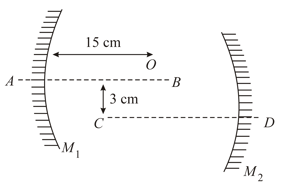
In the given figure a parallel beam of light is incident on the upper part of a prism of angle and R.I. . The light coming out of the prism falls on a concave mirror of radius of curvature . The distance of the point (where the rays are focused after reflection from the mirror) from the principal axis is
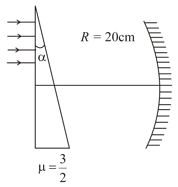
The figure showing the radius of curvature of the left and right surface of the concave lens are and , respectively. The radius of curvature of the mirror is , equivalent focal length of the combination is
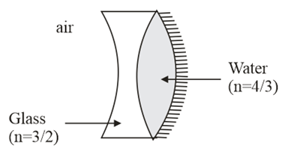
STATEMENT-: A thin white parallel beam of light is incident on a plane glass-vacuum interface as shown. The beam may not undergo dispersion after suffering deviation at the interface (The beam is not incident normally on the interface.)
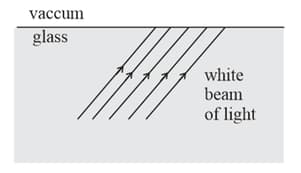
STATEMENT-: Vacuum has the same refractive index for all colours of white light.
